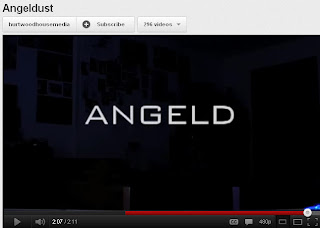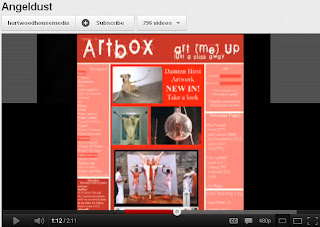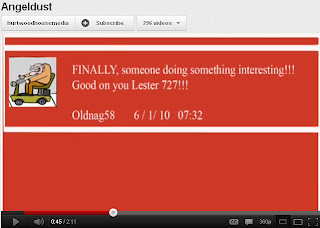After deciding to scrap our last idea, we came up with something completely new and fresh. This was because our last idea was quite complicated, and we didn't think that it was simple enough to be able to shoot as a opening which would last only two minutes. Our new idea incorporates the loss of a child, and the film would go on to show the struggles the parents face after such a tragic experience and also the police investigation as to how the child died/was murdered. Our film is entitled IMOGEN, and we are doing it in the style of a psychological thriller with elements of the crime thriller also.
The opening of our film will take place in an empty park, where the audience are able to see a "child" playing with a rag doll whilst the discrete titles are taking place. The camera will never show the person playing with the rag doll, however, and at the end of the opening it will be revealed that the person playing in the park is actually an adult and not a child (the father who is grieving over his lost daughter).
The opening of our film will be thrilling because we will lull the audience into a false sense of security; they will be led to believe that they are watching an innocent child playing in a park. However, when they are shown it is an adult male, they will become confused and intrigued. We decided to name our film IMOGEN because we wanted to use a female name (the name of the dead child) for our film title, but we wanted a unique name which is not common or cliche (such as naming her Emily or Lucy, for example).

















































